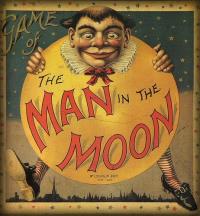What type of medical treatment is Hirudin therapy?
The first description of leech therapy, classified as bloodletting, is found in ancient Sanskrit medical text. It describes 12 types of leeches. Diseases, where leech therapy was indicated, include skin diseases, sciatica, and musculoskeletal pains.
Medicinal leeches have three jaws that look like little saws, and on them are about 100 sharp teeth used to incise the host. After piercing the skin, they suck out blood whilst injecting anticoagulants and anaesthetics.
Medicinal leech therapy (also referred to as Hirudotherapy or Hirudin therapy) made an international comeback in the 1970s in microsurgery, used to stimulate circulation, particularly in finger reattachment and reconstructive surgery of the ear, nose, lip, and eyelid.
Other clinical applications of medicinal leech therapy include varicose veins, muscle cramps, thrombophlebitis, and osteoarthritis, among many varied conditions.
The therapeutic effect is not from the small amount of blood taken in the meal, but from the continued and steady bleeding from the wound left after the leech has detached, as well as the anesthetizing, anti-inflammatory, and vasodilating properties of the secreted leech saliva.
The most common complication from leech treatment is prolonged bleeding, which can easily be treated. Leech therapy was classified by the US Food and Drug Administration in 2004.
More Info:
en.wikipedia.org










